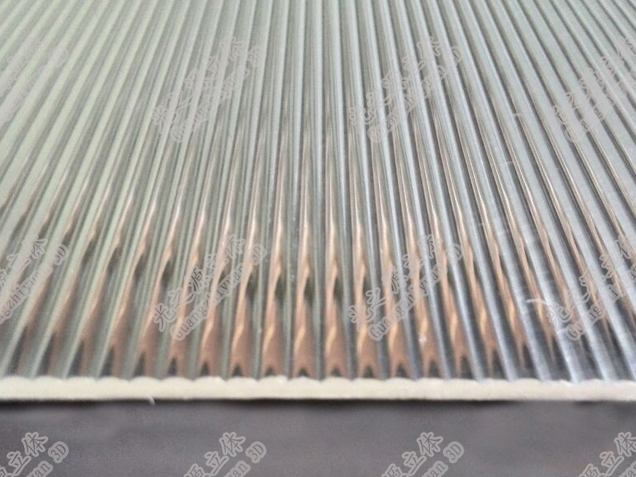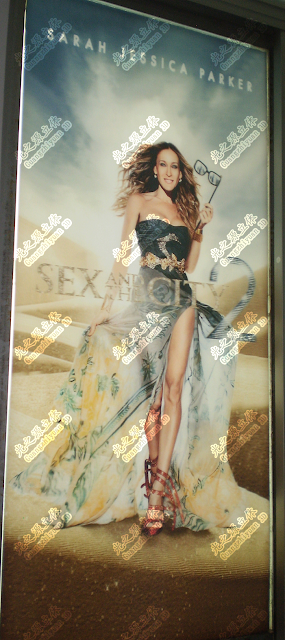Exploring Lenticular TPU PVC Printing: Tips for Stunning Visual Effects
Lenticular printing, including Lenticular tpu pvc printing, may appear difficult, yet it is a concept that many of us
have accidentally applied in a variety of ways. Lenticular printing is a
specialist method that uses lenticular lenses—tiny lines made of plastic—to
generate images that appear to be in motion or with depth. Most typically, it
is used to show changing images depending on the viewing angle.
How It Works
Image Preparation: The
adventure begins when we prepare the digital images provided by the client.
Depending on the intended effect, the pictures are carefully cut into thin
strips.
Interlacing: The photographs
are meticulously stitched together in a predetermined order to form a composite
image. While this composite may not appear particularly pleasing in its raw
state, it serves as the large lenticular poster for the lenticular effect.
Lenticular Lens Applications:
An interlaced image is printed on the back of a lenticular lens sheet for lenticular
printing. This sheet is not regular plastic, but a carefully designed piece
composed of numerous miniature lenses. These lenses are important to
transforming a static composite into a dynamic visual experience.
Viewing Magic: The
lenticular lenses' position and shape affect how light is transferred from
images to your eyes. For animated effects, the lenses allow only one image
strip to be seen from a specific angle, creating the illusion of movement when
the viewing angle changes.
Types of Lenticular Images
Animated lenticular prints can
range from simple flips to complex animations that appear to move or alter
depending on the viewing angle.
3-D Lenticular Images: Unlike
animated counterparts, 3D lenticular prints do not require movement.
Instead, they employ layered
pictures to provide depth and make the scene or item stand out from the
background.
Choosing Right/Left vs. Up/Down Animated Lenticular Effect
The lenticular TPU PVC printing can be animated by adjusting the angle of view from left to right or up and down. The difference lies in the direction of the lens. Vertical lenses create a left/right animation, and horizontal lenses produce an up/down animation. Up/down works best for handled objects, allowing the viewer to tilt the item, but vertical lenses work best for displays that grab passers-by's attention with side-to-side movement.
Follow our Facebook and Twitter for more information about our product.





Comments
Post a Comment